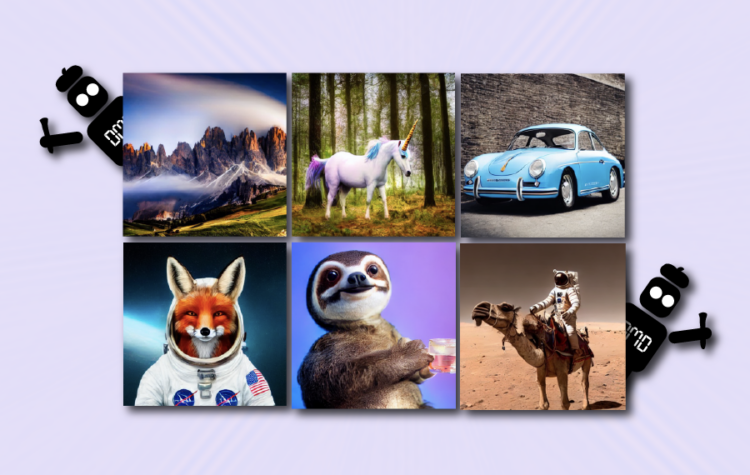
Novel method makes tools like Stable Diffusion and DALL-E-3 faster by simplifying the image-generating process to a single step while maintaining or enhancing image quality.
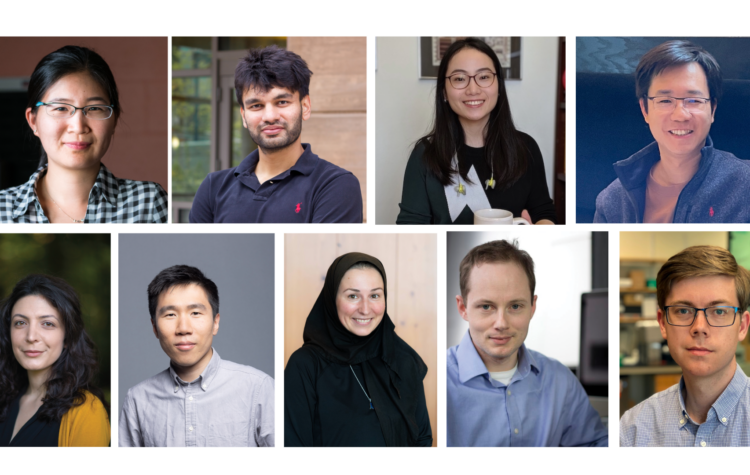
The Department of Electrical Engineering and Computer Science (EECS) is proud to announce multiple promotions.
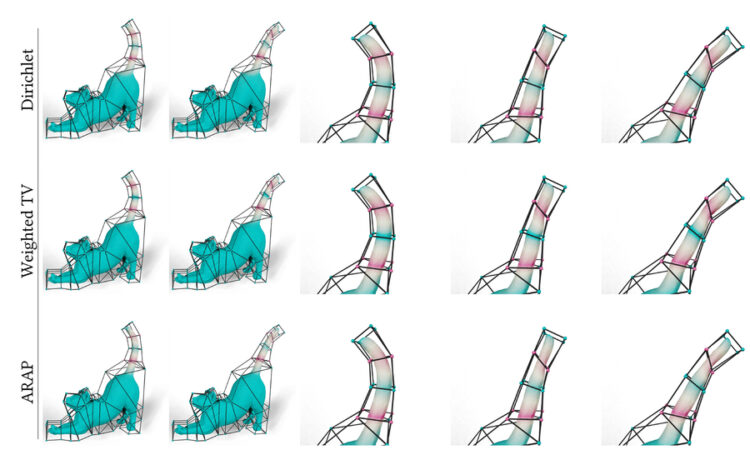
This new method draws on 200-year-old geometric foundations to give artists control over the appearance of animated characters.
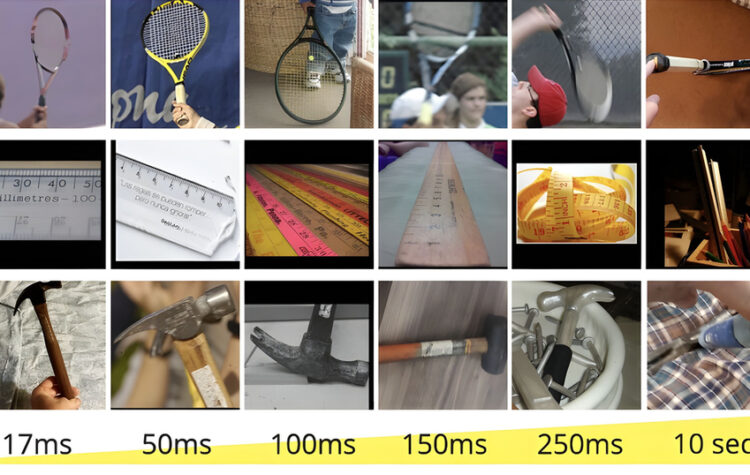
“Minimum viewing time” benchmark gauges image recognition complexity for AI systems by measuring the time needed for accurate human identification.
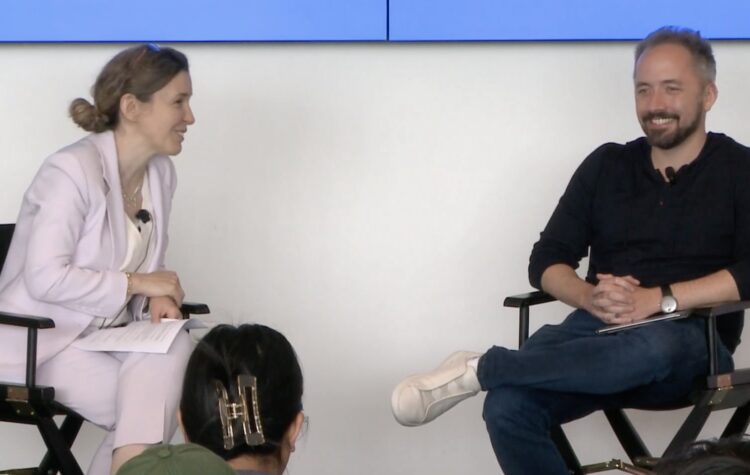
Founded in 2019, The EECS Alliance program connects industry leading companies with EECS students for internships, post graduate employment, networking, and collaborations. In 2023, it has grown to include over 30 organizations that have either joined the Alliance or participate in its flagship program, 6A.

Justin Solomon applies modern geometric techniques to solve problems in computer vision, machine learning, statistics, and beyond.
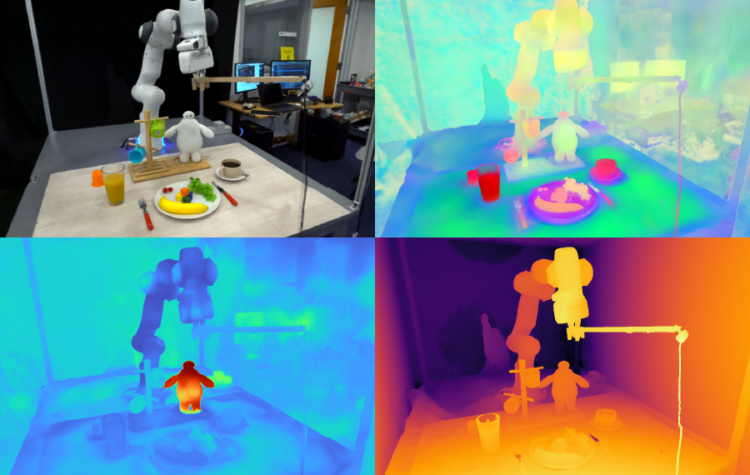
By blending 2D images with foundation models to build 3D feature fields, a new MIT method helps robots understand and manipulate nearby objects with open-ended language prompts.

This ongoing listing of awards and recognitions won by our faculty is added to all year, beginning in September.

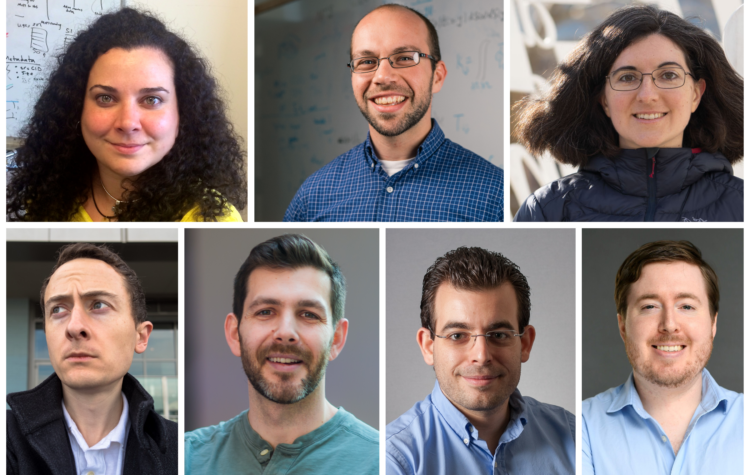
The department is proud to announce multiple promotions this year.